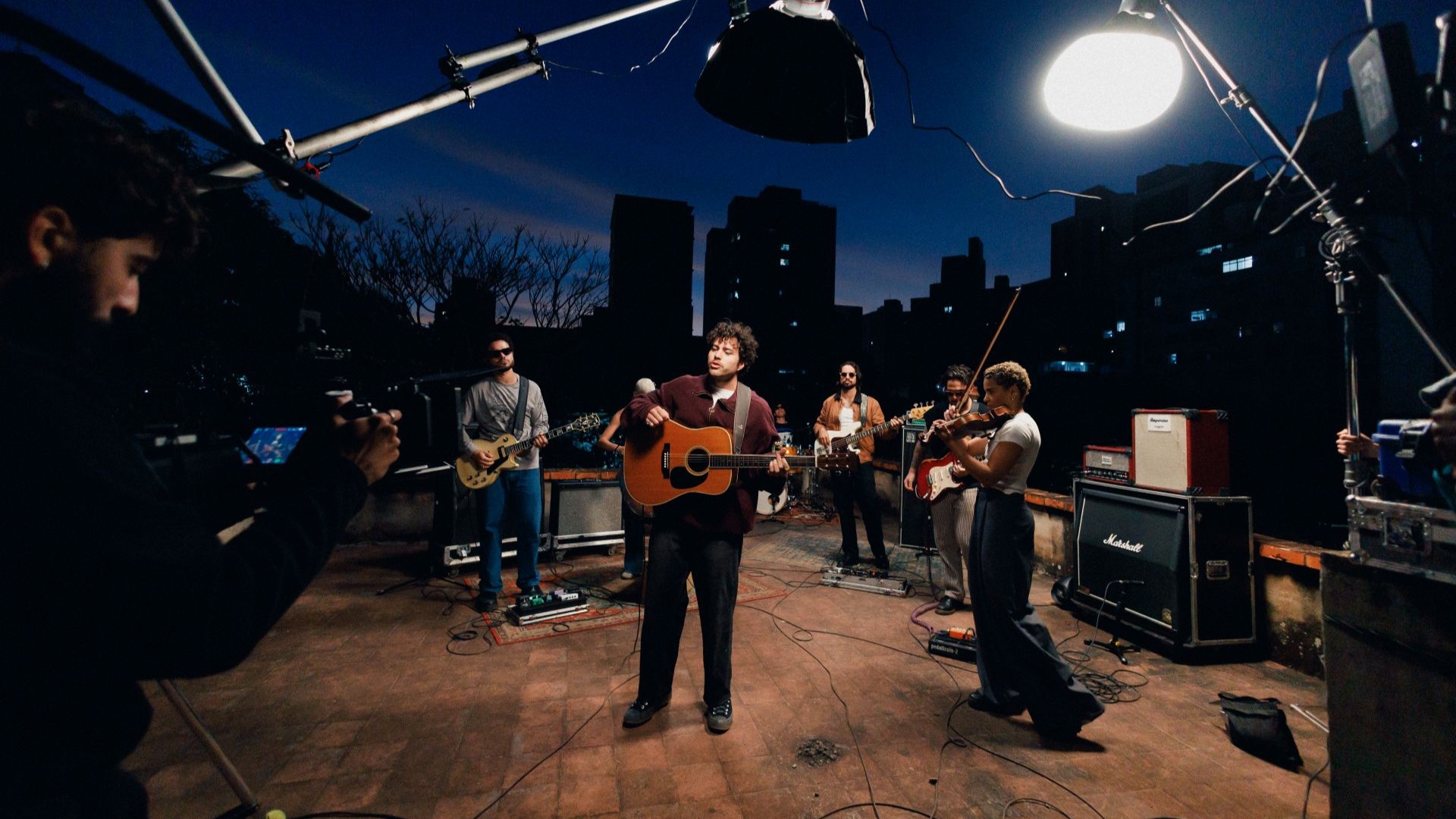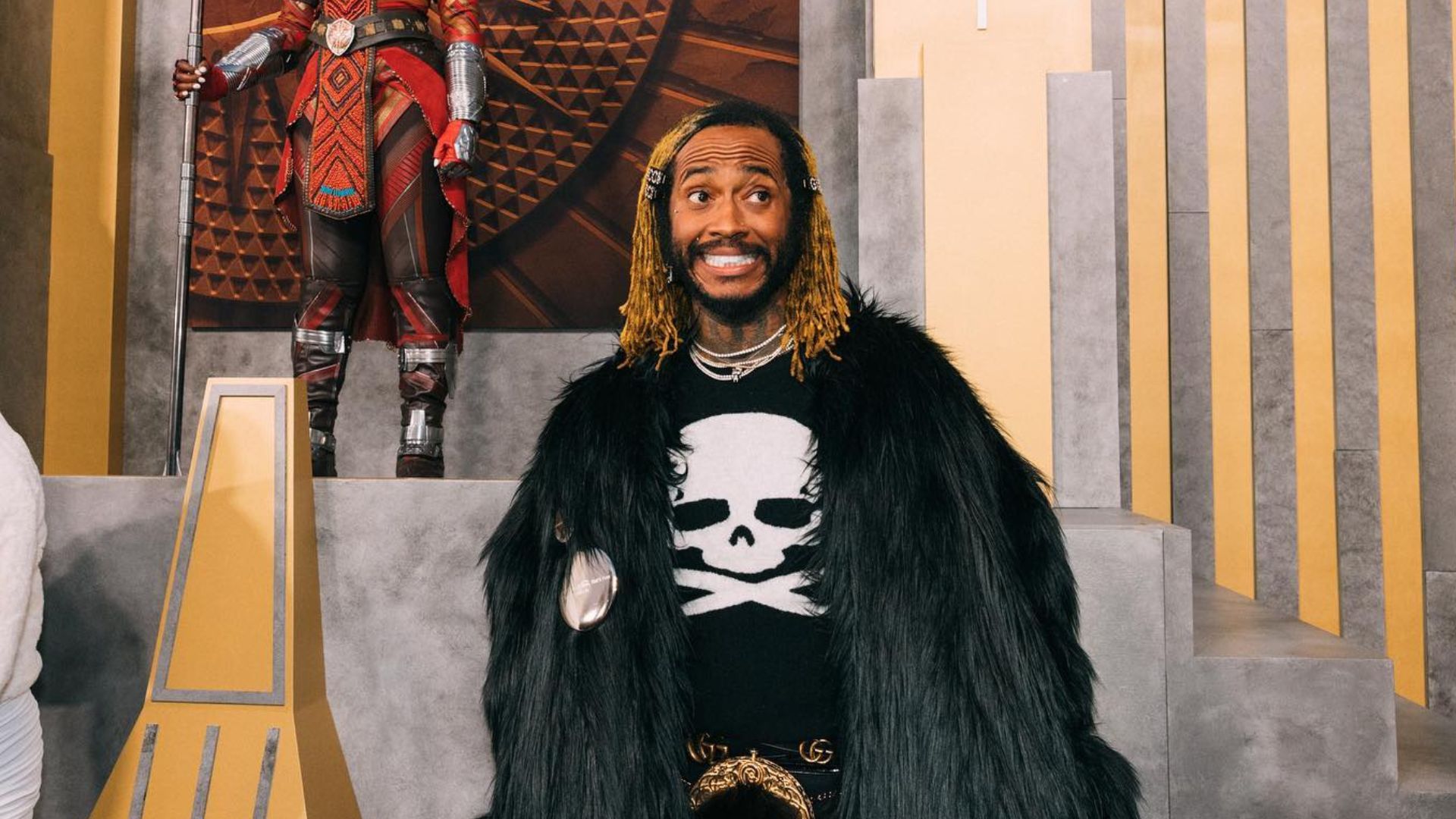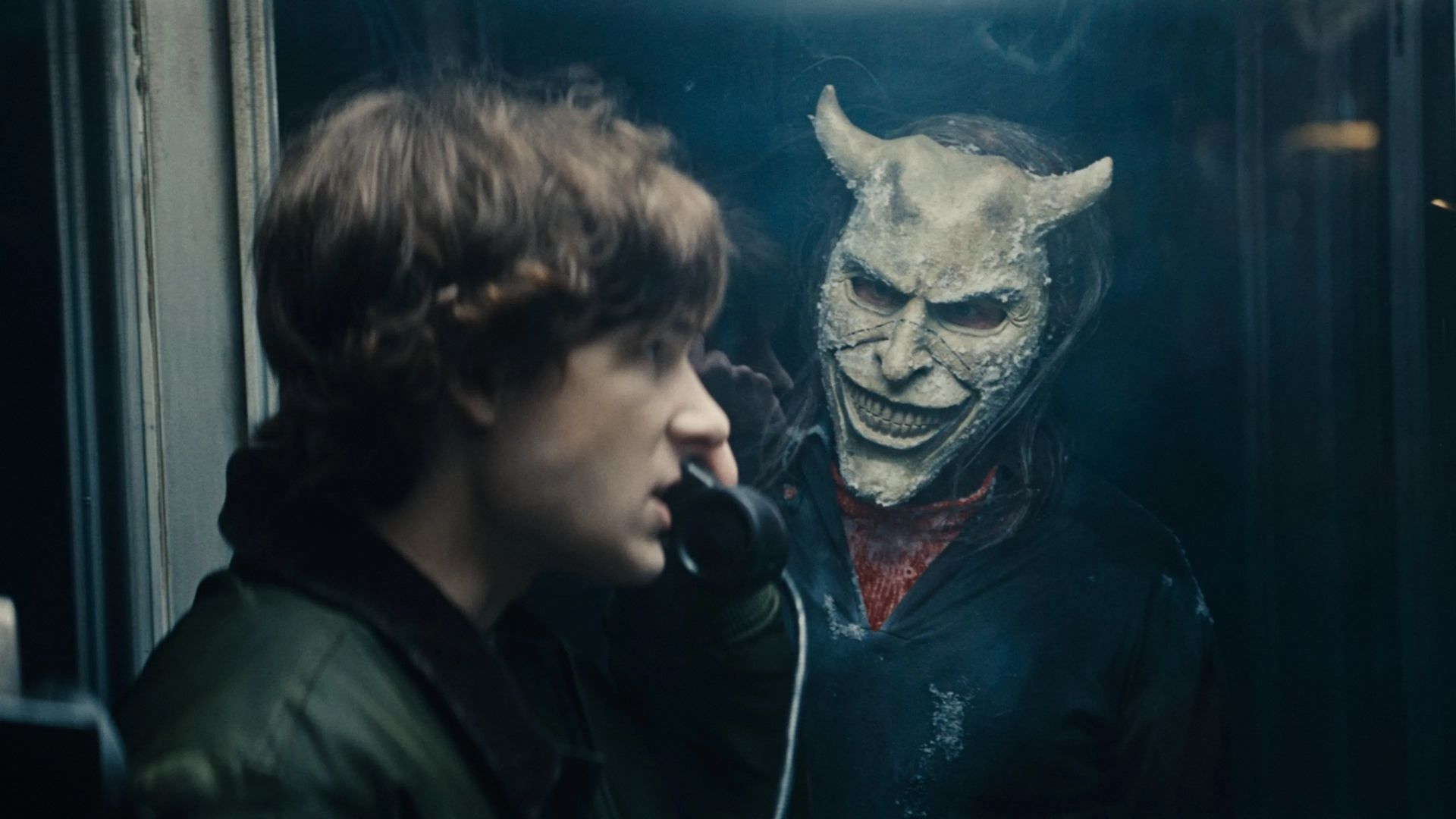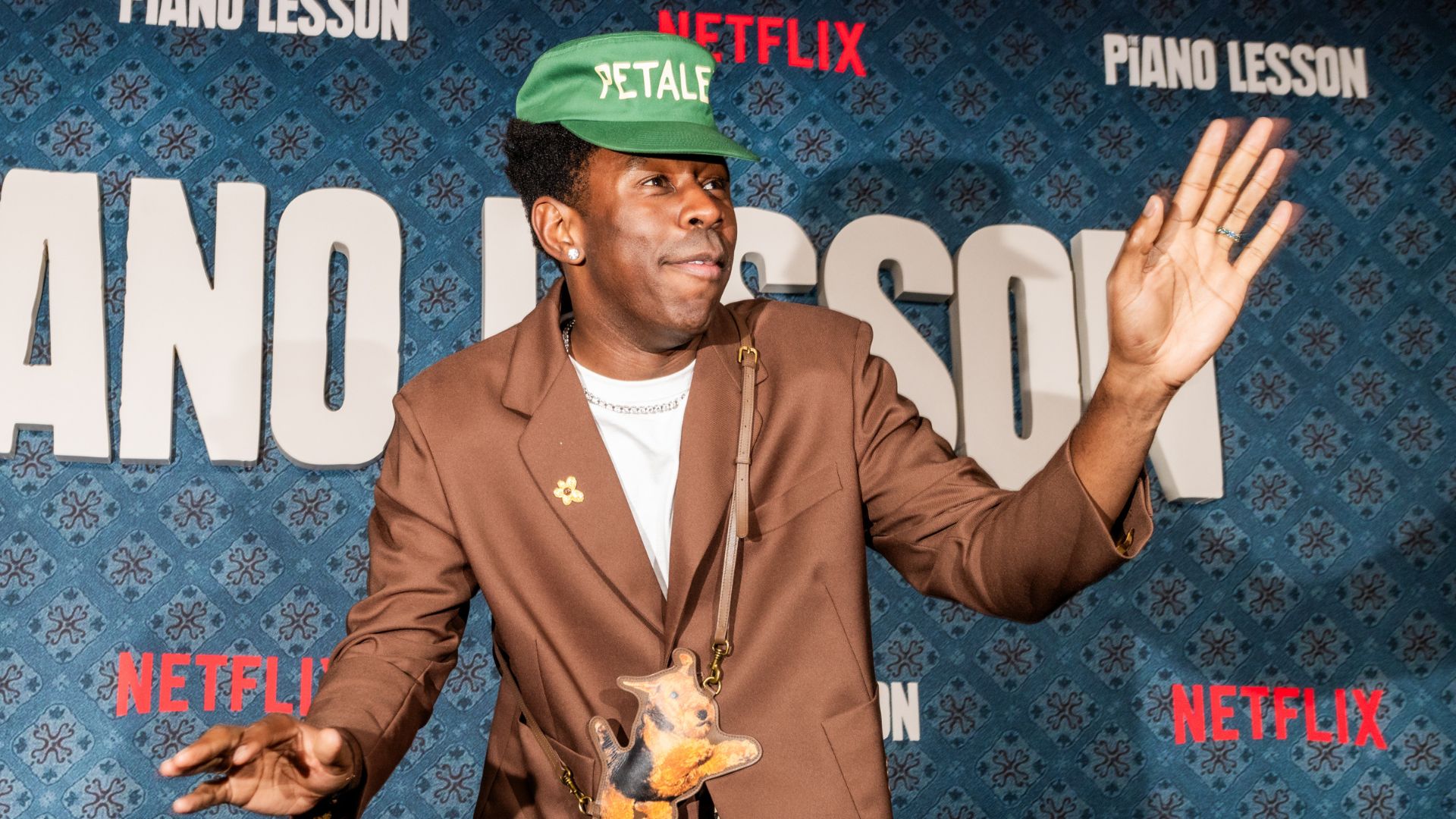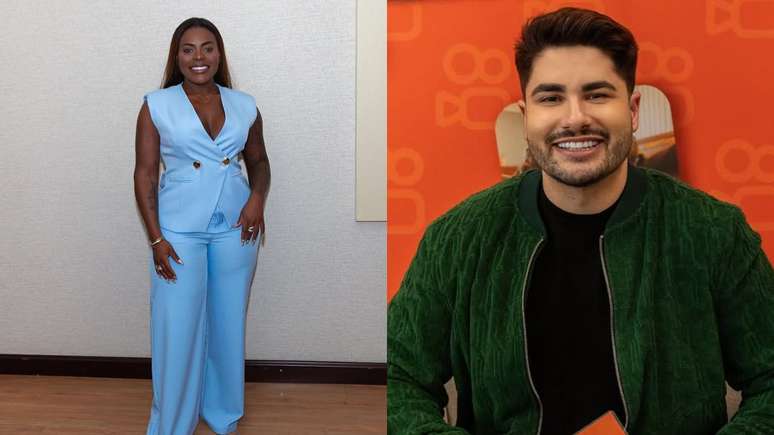A masterpiece by Akira Kurosawa
In 1950, Japanese director Akira Kurosawa revealed himself to the world with his film Rashomon. Part samurai film, part psychological and legal thriller, it tells the story of a crime that occurred in Japan at the end of the Heian era (794-1185), the murder of a samurai, in four different and contradictory versions. That of a bandit who admits to being the unintentional murderer, that of the samurai’s wife who declares that it was she who killed him, that of the same deceased samurai who, through the mouth of a medium, claims to have committed suicide, and finally the version of a woodcutter, who says he witnessed the scene.
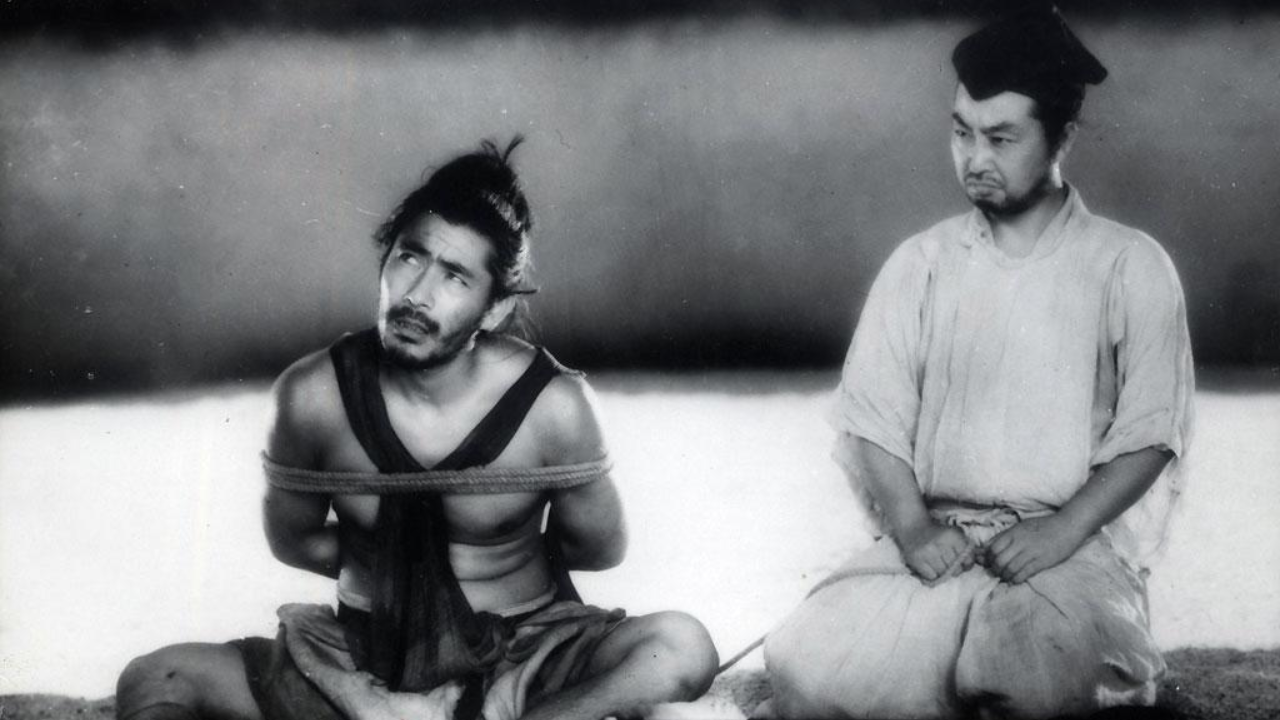
Who tells the truth? What really happened? Beyond the admirable form of Rashomon, of unprecedented visual beauty for its time, this adaptation of two short stories by novelist Ryūnosuke Akutagawa aims not so much to establish the one truth as to show that it is elusive, subject to each person’s subjectivity and man’s inability to be completely honest. In his book published in 1985, Like an autobiographyAkira Kurosawa wrote about the meaning of his film:
Man is incapable of being honest with himself. He is incapable of speaking honestly about himself without embellishing the picture. This scenario is about the kind of people who can’t survive without lying to make themselves appear better than they really are. (…) Selfishness is a sin that human beings carry within themselves from birth and is the most difficult to fight.
In fact, every version of the crime in which he is tried Rashomon Do the honorable portrait of its speaker.
A major influence in recent cinema
A masterpiece of narration and staging, with a compact duration of 1 hour and 24 minutes, Rashomon was awarded in 1951 Golden Lion at the Venice Film Festival and obtained in 1952 a Honorary Oscar for best foreign film. Considered one of the greatest films in the history of cinema, its influence is notable, even in more recent cinema. In fact, with its unreliable narrators (everyone is lying or wrong), it is a model of analysis of different points of view and a brilliant treatise on the relationship between truth and fiction.
So, it clearly turns out thatAnatomy of a fall by Justine Triet, Palme d’Or 2023 and an excellent legal thriller, from which it drew much of its inspiration Rashomon comparing, as in Akira Kurosawa’s film, three hypotheses to explain the character’s death: accident, murder or suicide ? The influence of Rashomon is such that we find the same treatment of the suicide thesiswith the deceased speaking through the voice of another character (the story of the samurai through a medium in Rashomon, the story of Samuel Anatomy of a fall by his son Daniele).
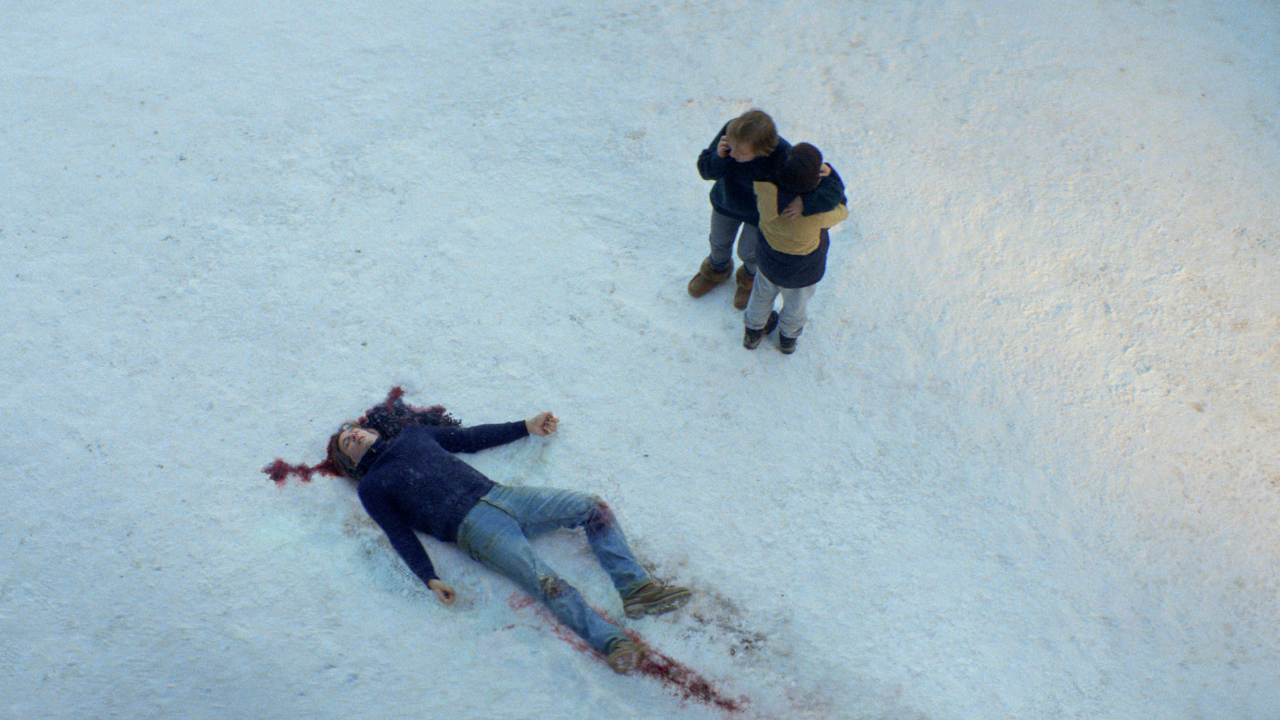
Furthermore, in a completely different genre and based on a real judicial event from 14th century France, Ridley Scott used the same “effect Rashomon” In The last duel, released in 2021. In it, the director compares three different versions of Marguerite de Thibouville’s rape. That of the alleged rapist Jacques Le Gris (Adam Driver), that of Marguerite’s husband, Jean de Carrouges (Matt Damon), and finally that of Marguerite herself (Jodie Comer).
Source: Cine Serie
Ray Ortiz is a journalist at Gossipify, known for his coverage of trending news and current events. He is committed to providing readers with accurate and unbiased reporting, and is respected for his ability to keep readers informed on the latest news and issues.


